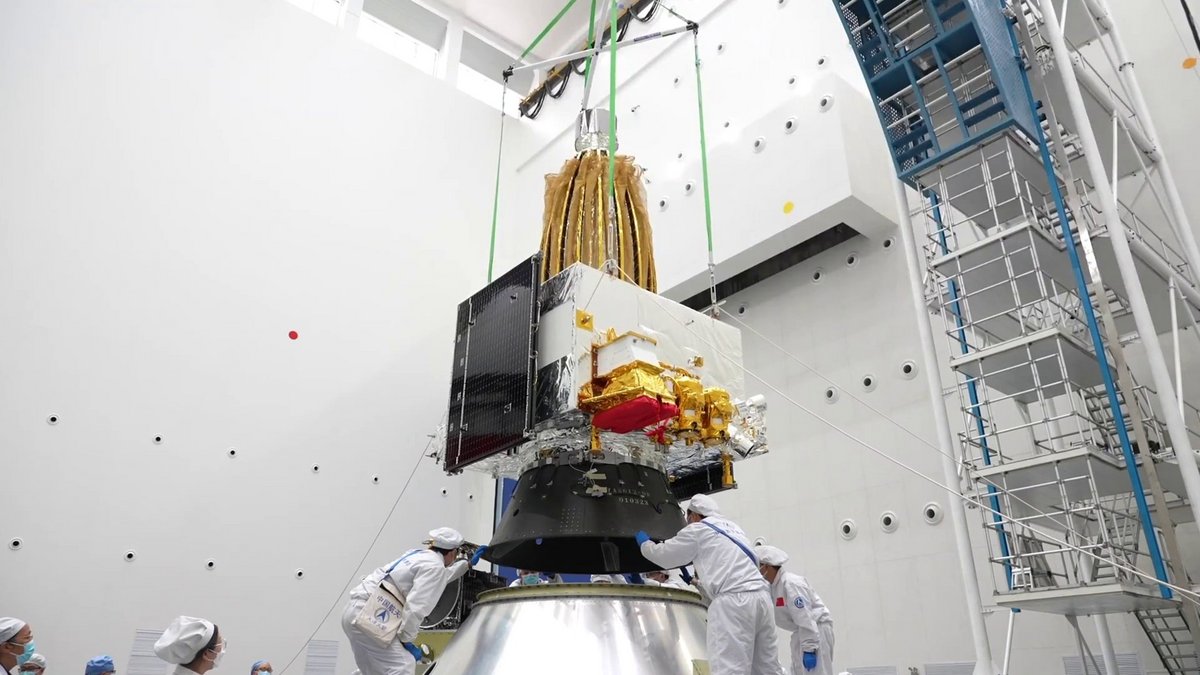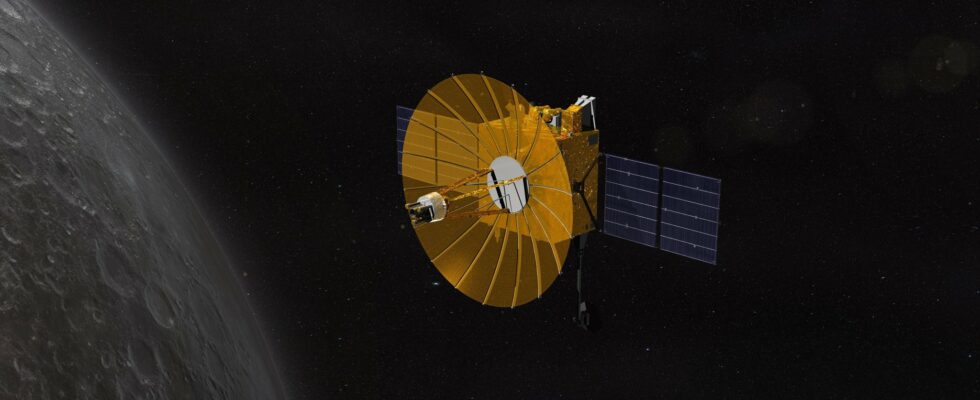At 1:31 a.m. on March 20, a Chinese CZ-8 launch vehicle ignited its four engines at the Wenchang launch site. The highly anticipated takeoff of Queqiao-2 went well. The relay probe is on its way to the Moon, and it will support future missions with its specific orbit for the rest of the decade.
For several months now, the Wenchang space center, located on the island of Hainan, in the south of China, has been preparing for this important takeoff. It was only the third takeoff of the CZ-8 (or Long March 8), one of the country’s last new generation rockets which has only flown since 2020. Also, the teams were somewhat under pressure.
Indeed, sending the Queqiao-2 relay probe is not a simple satellite launch. This is a key element of China’s entire medium-term lunar strategy. And if this shot had missed, the most successful Chinese mission to come, Chang’e 6 (which will bring back samples from the far side), would have been postponed. In reality, everything went well, and the initial very elliptical orbit, which brings Queqiao-2 420,000 kilometers from Earth, was reached. The probe has already unfolded its large antenna measuring 4.2 meters in diameter.
And who was it? And who was it? Queqiao-2
Queqiao-2 is a relay satellite. It will enter lunar orbit, with a very inclined and above all elliptical trajectory. In this way, it will be in almost constant line of sight with the entire southern lunar hemisphere (especially on the far side), but also with the Earth. Its mission is “simple”: transmit signals from Earth to Chinese lunar missions on the surface, and vice versa.
In 2018, the country had already sent a first Queqiao (which used another trajectory), and the latter had made it possible to transfer crucial data from the Chang’e 4 mission and its small Yutu-2 rover. It is therefore, for this country which is the only one with these capabilities, a second generation, much more powerful and capable than the previous one. This is evidenced by a certain weight gain. Queqiao-1 weighed around 450 kilos, its successor around 1.2 tonnes!
It takes up a little more space, but it is mainly the interior equipment and the electronic shielding as well as the fuel reserve which have evolved, while the device carries 3 scientific instruments (a UV camera, a neutron detector and a very long baseline VLBI interferometry instrument).

Queqiao, before the rest…
China hopes to use Queqiao-2 until the end of the decade and evolve the role of relay satellite to entrust it (with better coverage) to a small constellation of lunar satellites by then. These satellites will not only provide communications, they will also take care of relative positioning, time reference and navigation aid. To test these functions, two small satellites took off with Queqiao-2, the Tiandu 1 and 2, which will fly in formation and test some of these functions.
They may not be able to test everything. On March 14, a Chinese takeoff from the Xichang site failed, leaving the two small satellites DRO-A and DRO-B in a much smaller orbit than planned. Originally, they were supposed to fly to the Moon and test formation flying or relative navigation on a particular trajectory. These functions are reminiscent of those of the two Tiandu satellites.
Either way, China now has a new asset in place for its future lunar ambitions. And, let’s not forget, after Chang’e 6, 7 and 8, the country is indeed planning manned adventures on the surface.
Source : SpaceNews

4